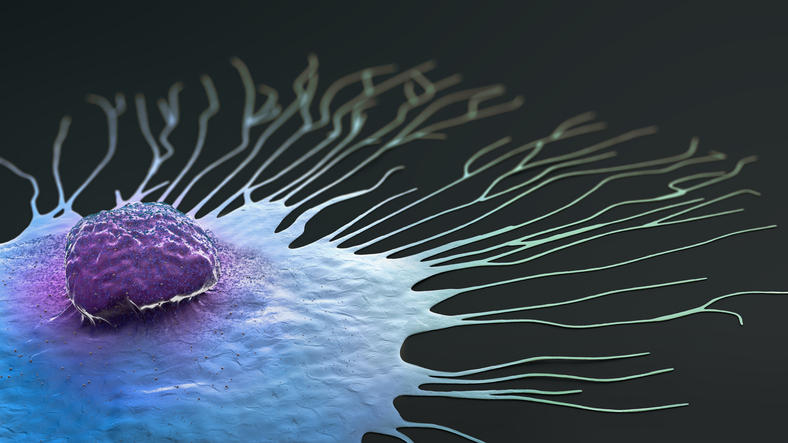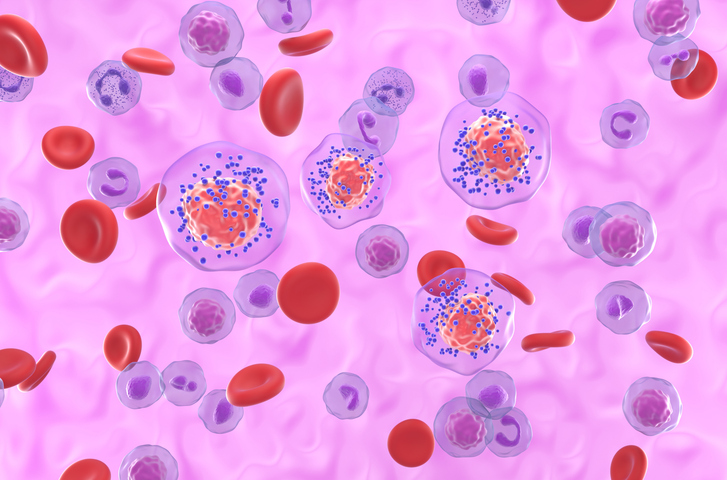A study published in the latest issue of the Journal of the National Cancer Institute analyzed the performance of breast cancer risk assessment models.
“Few studies have evaluated multiple breast cancer risk models simultaneously to compare their performance. Additionally, breast cancer subtypes defined by estrogen receptor (ER), progesterone receptor (PR), and human epidermal growth factor 2 (HER2) have unique risk profiles, but few studies have evaluated model performance for tumor subtypes,” the researchers wrote.
“We evaluated five models that have been well validated and used most commonly in clinical practice in a large population of women undergoing mammography, including the Gail model, the BRCAPRO model, the Breast Cancer Surveillance Consortium (BCSC) model, the Claus model, and the Tyrer-Cuzick (TC) model.”
The researchers evaluated the five risk assessment models to predict breast cancer over a six-year period in 35,921 women aged between 40 and 84 years who underwent mammography screening between 2007 and 2009 at Newton-Wellesley Hospital. Risk assessment model discrimination was analyzed using the area under the receiver operating characteristic curve (AUC), and calibration was evaluated by comparing the ratio of observed-to-expected (O/E) breast cancer cases.
The BRCAPRO, Gail, Tyrer-Cuzick, and BCSC risk assessment models presented good calibration and comparable moderate discrimination. When evaluating the whole study population, the Gail model had a slightly better O/E ratio (0.98; 95% confidence interval [CI], 0.91 to 1.06) than the BRCAPRO (0.94; 95% CI, 0.88 to 1.02) and Tyrer-Cuzick models (version 8; 0.84; 95% CI, 0.79 to 0.91), as well as AUC: Gail, 0.64 (95% CI, 0.61 to 0.65); BRCAPRO, 0.61 (95% CI, 0.59 to 0.63); and Tyrer-Cuzick, 0.62 (95% CI, 0.60 to 0.64). When assessing women with available breast density, the BCSC model had the highest AUC (0.64; 95% CI, 0.62 to 0.66). Across risk assessment models, the predictive accuracy was poorer for human epidermal growth factor receptor 2 positive and triple-negative breast cancers compared to hormone receptor positive human epidermal growth factor receptor 2 negative breast cancers.
The researchers summarized by writing, “Our results are reassuring in that the BRCAPRO, Gail, TC, and BCSC [risk assessment] models have similar calibration and predictive accuracy in a mammography screening population. However, model discrimination is only modest, and this modest discrimination in conjunction with the time and difficulty of obtaining risk factors have led to limited adoption of breast cancer risk-assessment models outside of high-risk clinics. Employing technology that can electronically obtain risk factors and automatically calculate risk will be key to enabling adoption of personalized screening approaches. Additionally, improving risk models by adding risk factors or by differentiating risk by tumor subtypes may further improve risk prediction and thereby lead to increased use of breast cancer risk-assessment models in routine clinical care.”







 © 2025 Mashup Media, LLC, a Formedics Property. All Rights Reserved.
© 2025 Mashup Media, LLC, a Formedics Property. All Rights Reserved.